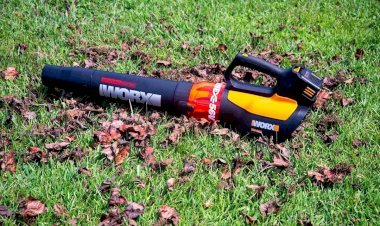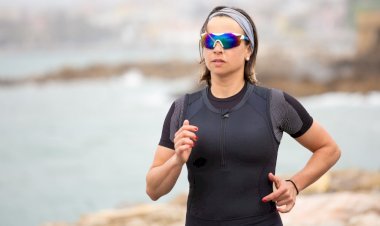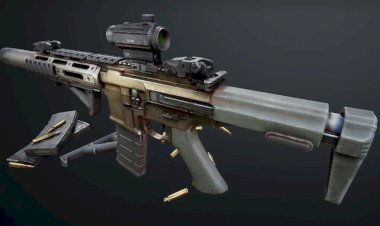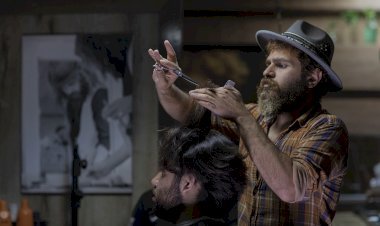The Ultimate Wedding Photography Gear Checklist
Discover the best wedding photography gear, including top cameras, essential lenses, and lighting techniques. Get expert tips to capture perfect wedding photos.
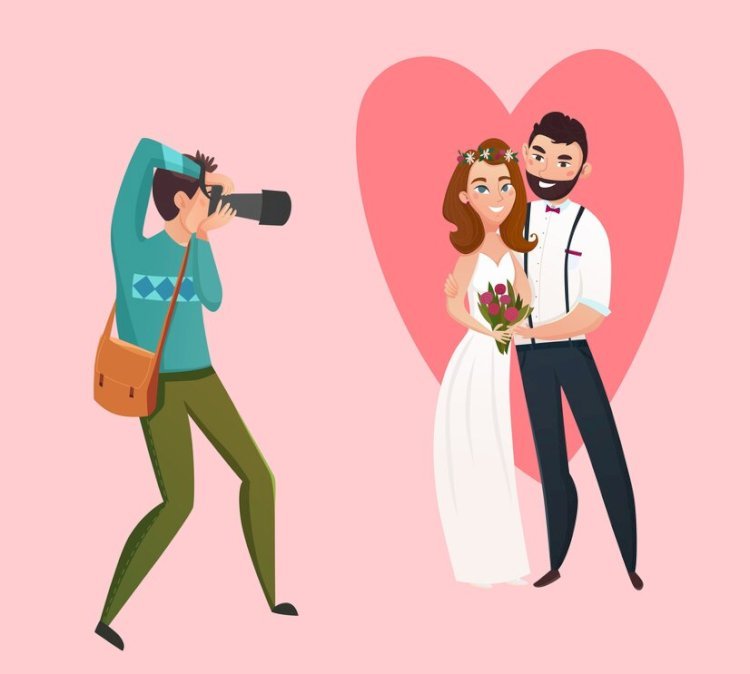
Capturing the magic of a wedding day is both an art and a science, requiring the right blend of skill, creativity, and the perfect wedding photography gear. Whether you’re an experienced wedding photographer or a couple keen on understanding what goes on behind the lens, having a comprehensive photography checklist for weddings is essential. From selecting the best cameras for weddings to mastering the subtleties of lighting for wedding photography, each piece of equipment plays a crucial role in immortalising those special moments.
Moreover, the challenges of indoor wedding photography versus the unpredictability of outdoor wedding photography demand tailored gear choices to ensure every shot is picture-perfect. In this guide, we’ll break down the essentials for every occasion, ensuring you are well-prepared to capture the essence of love in all its splendour.
Essential Camera Gear
To capture every cherished moment, having the right camera gear is paramount. This section explores the best cameras for weddings, essential lenses, and tips for stabilisation.
Best Cameras for Weddings

Choosing the best cameras for weddings is crucial for achieving high-quality results. Full-frame cameras are generally preferred due to their superior image quality and low-light performance. However, mirrorless systems, like the Nikon Z9 with fast autofocus, also offer great flexibility and speed, making them excellent choices for dynamic wedding environments. When choosing the best cameras for weddings:
- Evaluate your needs. Consider the venue, lighting conditions, and style of photography before deciding.
- Compare specifications. Look for cameras with high ISO capabilities, fast shutter speeds, and robust build quality.
- Test before purchase. Borrow or rent camera models to understand their ergonomics and functionality.
Must-Have Lenses

Lenses are as crucial as the camera body. A versatile lens kit can cover a wide range of situations. A 24-70mm f/2.8 is ideal for general use, offering flexibility in framing. For capturing portraits, a 50mm f/1.2 or 85mm f/1.4 provides beautiful bokeh and sharpness.
- Zoom lenses offer versatility for capturing different perspectives without changing lenses.
- Prime lenses deliver higher image quality and wider apertures, perfect for low-light conditions and creating artistic effects.
Tip: Ensure your lens kit includes both wide-angle and telephoto options to adapt to various scenes.
Tripod and Stabilisation Tips

Even with advanced camera technology, stabilisation remains key for sharp images. A sturdy tripod is essential for low-light venues or long exposures. Image stabilisation features in lenses and cameras can also significantly reduce blur when shooting handheld.
- Select a lightweight, durable tripod: Easy to carry and set up quickly.
- Use monopods for added stability without the bulk, especially in crowded spaces.
- Explore gimbals for smooth, handheld video shots.
Advice: Practise setting up your tripod quickly to avoid missing crucial moments.
Lighting for Wedding Photography
Lighting plays a pivotal role in wedding photography, often requiring strategic planning and equipment. This section covers essential lighting techniques for both indoor and outdoor settings, along with flash and diffuser advice.
Indoor Wedding Photography Lighting

Indoor venues can present unique challenges, such as dim lighting and mixed light sources. Understanding the venue's lighting setup is crucial to prepare adequately. Use off-camera flashes and softboxes to create flattering light that mimics natural daylight.
Steps for indoor lighting:
- Scout the venue: Identify problematic lighting areas.
- Use bounce flash: Direct flash towards ceilings or walls to soften shadows.
- Position lights strategically: Ensure even illumination across the scene.
Example: A wedding at a dimly lit church may require multiple flash units to cover different angles effectively.
Outdoor Wedding Photography Solutions

Outdoor wedding photography benefits from natural light but comes with its own set of challenges, such as harsh sunlight or unpredictable weather. Reflectors and diffusers are invaluable tools to manage light intensity and direction.
- Use reflectors to bounce natural light onto subjects for a balanced exposure.
- Employ diffusers to soften harsh sunlight and prevent unflattering shadows.
- Monitor weather conditions. Be prepared for sudden changes with weatherproof gear.
Tip: Sunset or "golden hour," offers the most flattering natural light for outdoor shoots.
Read Also: How to Choose the Perfect Wedding Dress for Your Body Type
Flash and Diffusers Guide

Flash units and diffusers are essential for controlling light quality and direction, regardless of the setting. A dedicated flash offers more power and flexibility than a built-in camera flash.
- Invest in a powerful flash unit for consistent light output.
- Use diffusers to soften flashlight, reducing harsh shadows and highlights.
- Experiment with angles. Position the flash to create depth and dimension in your photos.
Advice: Practise using your flash in various settings to understand its effects on your images.
Additional Accessories and Tips
Beyond cameras and lighting, several accessories can enhance your efficiency and the quality of your work. This section includes a comprehensive photography checklist, backup solutions, and tips for maintaining personal comfort during shoots.
Photography Checklist for Weddings

Creating a detailed photography checklist for weddings ensures you capture all key moments. Organise your shots by pre-ceremony, ceremony, and reception to cover every aspect of the day.
Checklist components:
- Pre-ceremony: Bride and groom preparations, venue details.
- Ceremony: Vows, ring exchange, first kiss.
- Reception: Speeches, first dance, cake cutting.
Tip: Discuss this list with the couple beforehand to include any unique requests.
Backup and Storage Solutions

Reliable backup and storage solutions are essential to prevent data loss. Adopt a multi-tiered strategy for safeguarding your work, both on-site and post-event.
- Use dual memory card slots for immediate redundancy in cameras.
- Carry portable hard drives for on-site backups after shooting.
- Cloud storage: For additional peace of mind and easy access.
Personal Comfort and Efficiency

Maintaining personal comfort is vital for a long day of shooting. Proper attire and equipment organisation can significantly impact your efficiency.
- Dress comfortably: Choose clothes and shoes that allow freedom of movement.
- Organise gear: Use bags with compartments for easy access to equipment.
- Stay hydrated and nourished: Keep snacks and water handy for energy throughout the day.
Advice: Regular breaks, when possible, can help maintain focus and creativity.
Final Thoughts
Wedding photography requires a thoughtful combination of gear, planning, and technique. From selecting the right camera and lenses to mastering lighting and ensuring personal comfort, each aspect plays a vital role in capturing the essence of the day. By utilising this comprehensive checklist, photographers can confidently approach any wedding, ready to preserve each moment in stunning detail.
FAQs
1. What is the best camera for wedding photos?
Cameras like Canon EOS R5, Sony A7 IV, and Nikon Z9 take great wedding photos.
2. What lenses do I need for wedding photography?
Use 24-70mm for all shots, 50mm or 85mm for portraits, and 70-200mm for distance.
3. How do I handle lighting at weddings?
Use flash indoors and reflectors outdoors to control lighting.
4. How do I keep photos safe?
Save photos on two memory cards, an external hard drive, and cloud storage.
5. What other things do I need?
Carry a tripod, extra batteries, a camera bag, and wear comfy shoes.


